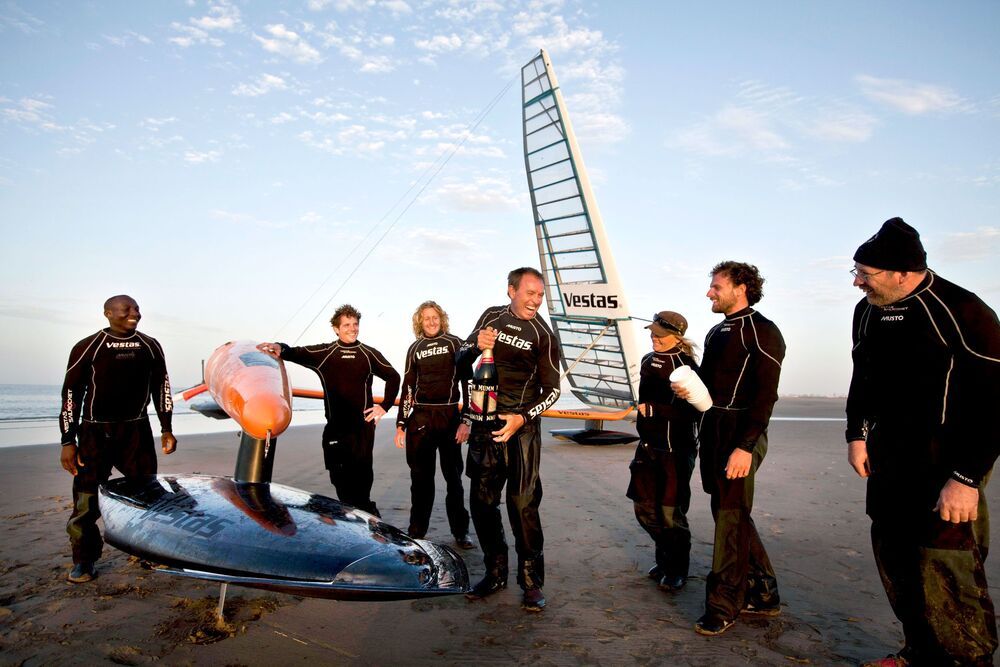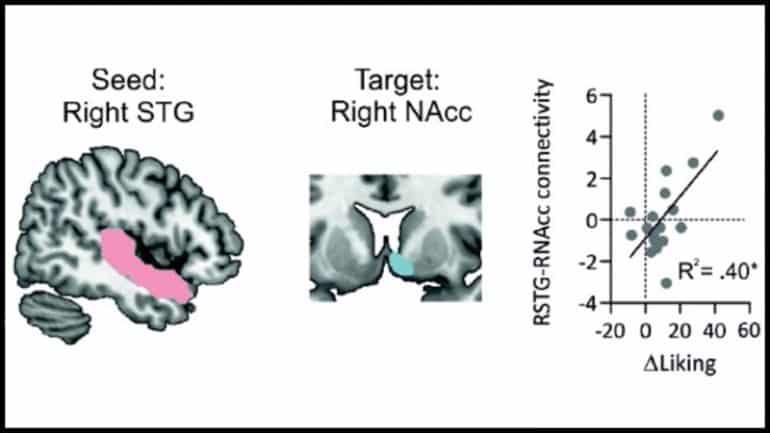A collision between Earth and the asteroid 99942 Apophis can be ruled out, for at least the next century, based on new observations by NASA.
Get the latest international news and world events from around the world.
Editing the Epigenome for Better Health and a Pathway to Antiaging
Didn’t watch the video.
Prof David R. Liu, Professor at Harvard University, the Broad Institute, and HHMI was interviewed by the Sheeky Science Show. In the interview, they discussed how to make precise genome editing safe & efficient using the latest CRISPR tech advances in base editing and prime editing and taking it to the clinic (e.g Beam Therapeutics). They talked about the next frontier, epigenome editing.


Scientists create simple synthetic cell that grows and divides normally
**Five years ago, scientists created a single-celled synthetic organism that, with only 473 genes, was the simplest living cell ever known.** However, this bacteria-like organism behaved strangely when growing and dividing, producing cells with wildly different shapes and sizes.
Now, scientists have identified seven genes that can be added to tame the cells’ unruly nature, causing them to neatly divide into uniform orbs. This achievement, a collaboration between the J. Craig Venter Institute (JCVI), the National Institute of Standards and Technology (NIST) and the Massachusetts Institute of Technology (MIT) Center for Bits and Atoms, was described in the journal Cell.
Identifying these genes is an important step toward engineering synthetic cells that do useful things. Such cells could act as small factories that produce drugs, foods and fuels; detect disease and produce drugs to treat it while living inside the body; and function as tiny computers.
But to design and build a cell that does exactly what you want it to do, it helps to have a list of essential parts and know how they fit together.
“We want to understand the fundamental design rules of life,” said Elizabeth Strychalski, a co-author on the study and leader of NIST’s Cellular Engineering Group. “If this cell can help us to discover and understand those rules, then we’re off to the races.”
Scientists at JCVI constructed the first cell with a synthetic genome in 2010. They didn’t build that cell completely from scratch. Instead, they started with cells from a very simple type of bacteria called a mycoplasma. They destroyed the DNA in those cells and replaced it with DNA that was designed on a computer and synthesized in a lab. This was the first organism in the history of life on Earth to have an entirely synthetic genome. They called it JCVI-syn1.0.
***Continue reading in the article, fascinating — DL***.
Pompeii: Ancient remains are helping scientists learn what happens to a body caught in a volcanic eruption
The recent eruptions in Iceland, vividly captured through dramatic drone footage, have drawn public attention to the immense power of volcanoes. Beautiful though they are, and mesmerizing to watch, they are also deadly.
History has recorded eruptions so spectacular they’ve never been forgotten. These include Krakatoa in 1883, whose explosion was heard around the world and Mount Tambora, which resulted in famines across the northern hemisphere.
But perhaps the most famous of all is the eruption of Vesuvius in Italy, in AD79, which sealed the Roman towns of Pompeii and Herculaneum beneath layers of ash.

Why the Brain Enjoys Music
Summary: Interaction between auditory areas of the brain and the reward system drive pleasure when we listen to music.
Source: SfN
Communication between the brain’s auditory and reward circuits is the reason why humans find music rewarding, according to new research published in Journal of Neuroscience.


‘Discovery Accelerator,’ a new Cleveland Clinic-IBM partnership, will use quantum computer, artificial intelligence to speed up medical innovations
CLEVELAND, Ohio — The Cleveland Clinic and IBM have entered a 10-year partnership that will install a quantum computer — which can handle large amounts of data at lightning speeds — at the Clinic next year to speed up medical innovations.
The Discovery Accelerator, a joint Clinic-IBM center, will feature artificial intelligence, hybrid cloud data storage and quantum computing technologies. A hybrid cloud is a data storage technology that allows for faster storage and analysis of large amounts of data.
The partnership will allow Clinic researchers to use the advanced tech in its new Global Center for Pathogen Research and Human Health for research into genomics, population health, clinical applications, and chemical and drug discovery.


Researchers Find The Gene Responsible For One of The Deadliest Breast Cancer Types
Researchers in Australia have discovered a gene responsible for a particularly aggressive type of hormone-sensitive breast cancer which has tragically low survival rates.
“Hopefully this will dramatically improve the poor outcomes these patients currently suffer,” said Harry Perkins Institute of Medical Research epigeneticist Pilar Blancafort.
It’s hard to overstate just how different cancers can be from one another. Even under the umbrella of ‘breast cancer’ lie several types, such as hormone receptor sensitive, HER2 positive, or non-hormone sensitive breast cancer; within those groups, there are even more types that can respond to treatments differently from one another.